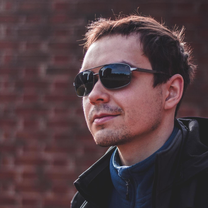Quantum Spectral Clustering of Mixed Graphs
Quantum Spectral Clustering of Mixed Graphs
D. Volya, P. Mishra
ACM/IEEE Design Automation Conference (DAC), December 2021, doi: 10.1109/DAC18074.2021.9586308
D. Volya, P. Mishra
ACM/IEEE Design Automation Conference (DAC), December 2021, doi: 10.1109/DAC18074.2021.9586308
